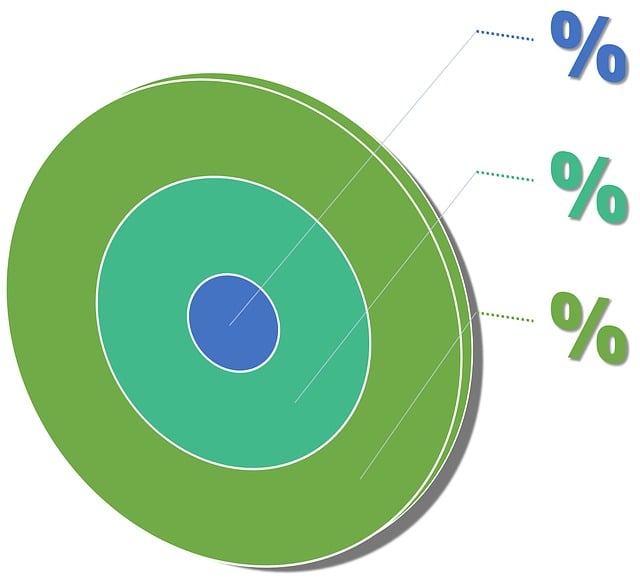Real estate professionals and individuals rely on analyzing recent sales data of comparable homes to understand market trends and set property values. By examining location, size, condition, and sale price, they gain insights for negotiations, listing prices, and navigating the dynamic real estate market. Tracking local successful home sales helps determine pricing benchmarks and gauge market conditions, empowering informed decision-making.
When considering a home sale or purchase, reviewing recent comparable real estate sales is paramount. Analyzing this data offers valuable insights into market trends and property valuations. By comparing similar properties in your area, you gain crucial market insights, helping you make informed decisions. Understanding home sales trends allows you to position your listing or search effectively, ensuring you stay ahead of the curve in today’s dynamic real estate landscape.
Analyze Recent Sales Data in Real Estate

In the dynamic realm of real estate, analyzing recent sales data is akin to deciphering a tapestry—each thread represents a transaction, weaving together insights into market trends and property values. This meticulous process involves scrutinizing comparable home sales, where similar properties in proximity have changed hands. By comparing key factors such as location, size, condition, and sale price, real estate professionals can gauge the current market value of any given property.
Such an analysis empowers buyers and sellers alike. For buyers, it provides a benchmark for negotiating prices, ensuring they make informed decisions. Sellers, on the other hand, can set competitive listing prices based on these insights, enhancing their chances of a swift and profitable sale. In today’s digital era, access to real estate data has become more robust than ever, enabling accurate analysis and facilitating efficient decision-making processes.
Compare Property Prices: Market Insights

When reviewing comparable home sales in real estate, comparing property prices is a crucial step. This involves examining recent sales data for similar homes in the same neighborhood or area. By doing so, you gain valuable market insights that help establish an accurate property value assessment. For instance, you can analyze factors such as square footage, number of bedrooms and bathrooms, age, condition, and amenities to identify trends in pricing.
This process allows real estate professionals and homeowners to make informed decisions. Understanding the price range for comparable properties provides a benchmark for evaluating your own home’s worth. It also aids in setting realistic expectations during negotiations or when considering a sale. In today’s dynamic real estate market, staying abreast of these market insights is essential for navigating transactions effectively.
Understanding Home Sales Trends in Your Area

Understanding home sales trends is a crucial aspect of navigating the real estate market, both for buyers and sellers. By reviewing recent comparable home sales in your area, you gain valuable insights into pricing dynamics and market conditions. This process involves analyzing key factors such as location, property type, size, condition, and amenities to identify patterns that can influence your own property’s value.
For instance, tracking successful sales of similar homes nearby provides a benchmark for setting an asking price. It also helps in gauging the demand for different property types—a trend that could indicate whether your area is experiencing a boom or a lull in the real estate sector. This knowledge empowers you to make informed decisions, ensuring your listing attracts the right buyers and secures a favorable sale within the current market trends.






